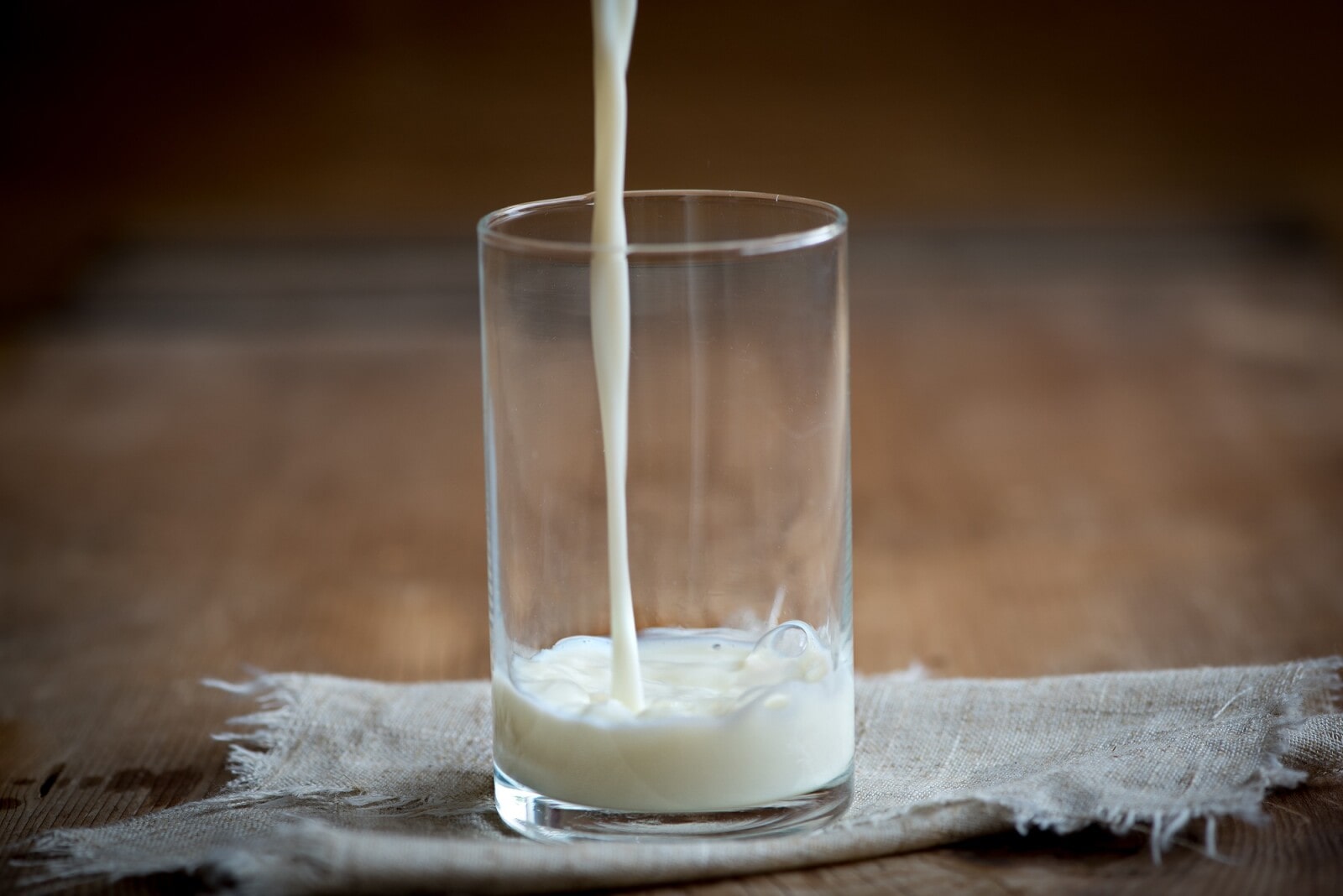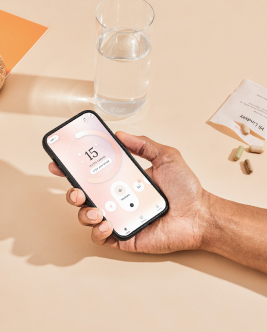nutrition
Sunshine May No Longer Give You Enough Vitamin D to Meet All Your Needs. Try Some Milk
On This Page

Vitamin D is a critical nutrient, yet most people are deficient and asymptomatic. Milk is fortified with vitamin D. Does drinking more help with deficiency?
Health benefits of vitamin D
Vitamin D is a fat-soluble vitamin that helps the body absorb calcium and phosphorus, which are both critical for healthy bones and teeth. Also known as the “sunshine vitamin,” vitamin D is believed to support immune health. Direct exposure to sunlight causes the body to produce its own vitamin D, but lifestyle and lack of geographic proximity to enough sunshine has resulted in D deficiency in approximately 40% of the population. It is difficult to get enough D from sunshine and food alone, so supplementation can help.
Daily intake recommendation of vitamin D
The recommended Dietary Allowance (RDA) for vitamin D intake sufficient to maintain bone health and normal calcium metabolism in healthy people is 10 - >20 mcg (400 - 800 IU) for all persons depending upon age, and 15 mcg (600 IU) during pregnancy and lactation. Older adults may require more vitamin D (>70 mcg) as they age because their ability to absorb D can diminish.
How to know if you’re getting enough vitamin D
Most people who are vitamin D deficient are asymptomatic. However, some of the signs of deficiency include fatigue, bone pain, muscle weakness, depressive symptoms, unusually pale skin, hair loss, sleeplessness, loss of appetite, or getting sick more easily. If you are experiencing any of these symptoms consult your physician or healthcare provider. There is a blood test to tell you if your level falls within normal range, although there are some differences of opinion as to the exact measure of insufficiency and deficiency. Ultimately your physician can determine an appropriate course of action to bring your level within normal range or address any other underlying issues.
How much vitamin D is in milk?
All processed dairy milk (whole, skim, low fat, etc.) and most other alternative milk products (soy, oat, almond, etc.) are fortified with approximately 2.5 mcg (100 IU) of vitamin D per serving, which is still below the RDA. It’s important to note that milk that is not fortified, including breast milk, contains very little vitamin D.
Why vitamin D is added to milk
The process of fortifying milk (and other foods) with vitamin D began in the 1930s as a public health initiative to eliminate rickets, a condition which causes the softening and weakening of bones in children due to vitamin D deficiency. Milk is a good source of calcium and vitamin D helps to absorb calcium into the bones which then strengthens them.
Vitamin D in breast milk
According to the American Academy of Pediatrics, breast milk alone does not provide enough vitamin D for infants. Shortly after birth, breastfed babies will need 10 mcg (400 IU) of liquid vitamin D. Babies should continue to receive this vitamin D until they are weaned, drink 32 ounces of vitamin D-fortified formula a day, or after 12 months when drinking 32 ounces of fortified whole milk daily. Alternatively, breastfeeding parents can take vitamin D to ensure breast milk has sufficient levels for the infant.
What type of vitamin D is in milk?
The most common type of vitamin D found in milk is cholecalciferol (D3), which is made from lanolin found in sheep’s wool. Ergocalciferol (D2) is used in some plant-based milk alternatives and yogurt. The form of vitamin D in your milk will always be specified on the list of ingredients.
Final takeaways
Though vitamin D is a critical nutrient, a fairly sizable percentage of the population is deficient, and many of them are asymptomatic. There are two natural sources of D - exposure to sunlight and nutrient-dense foods. Unfortunately, it has become difficult to get enough D from either of these sources, so fortified foods and supplementation are now important sources of D vitamins. Fortified whole milk is an excellent source of D, though one serving is not enough to meet the RDA. Supplementation has also proven to be beneficial, though if you do choose that route it is important to regularly monitor your vitamin D level. Toxicity is possible after a long period of supplementing. The risk of getting too much vitamin D from fortified milk, on the other hand, is extremely low. Discuss your vitamin D level with your physician who will be able to help you select the best course of action for your needs. While milk still does a body good, Care/of’s premium quality vitamin D and vegan vitamin D supplements, may also be good for you.



